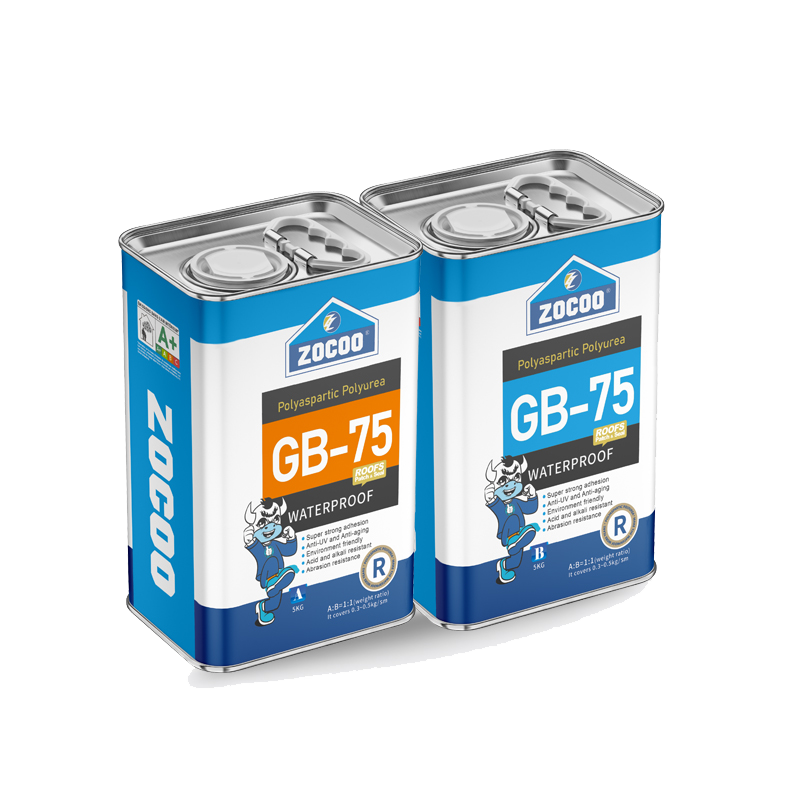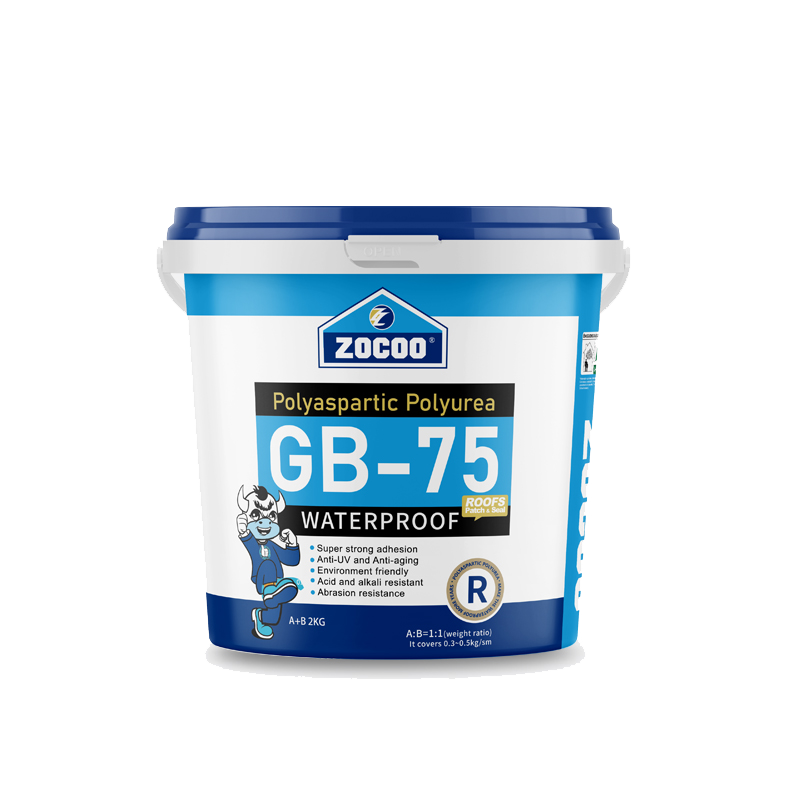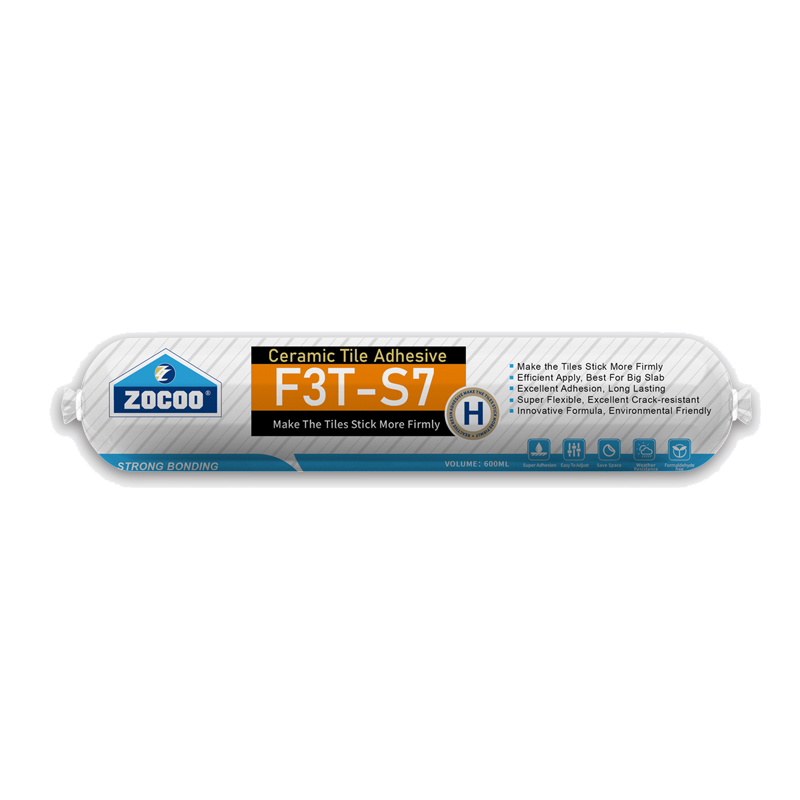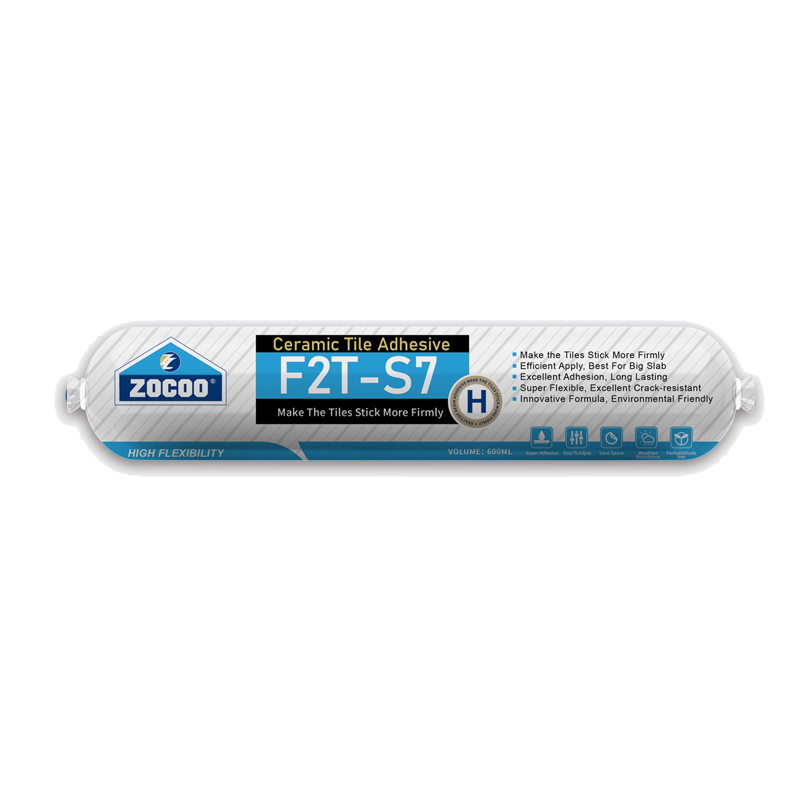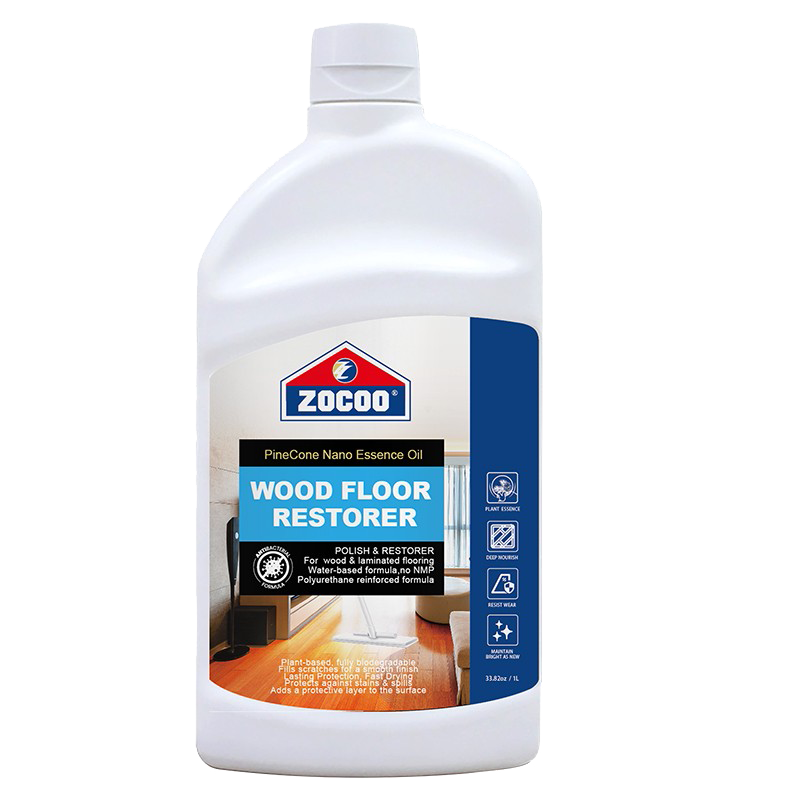The "5 elements" of bathroom waterproofing, thanks to the workers' science, saved my money
author:admin 2024-11-20
Bathroom waterproofing is a commonplace issue. If you go into details, even each action can be written into half a book. But today we won't talk about the details, just the elements - my home decorator told me that many decoration companies will deliberately "forget" these 5 elements to charge users' IQ tax. I followed his instructions and saved a lot of money.
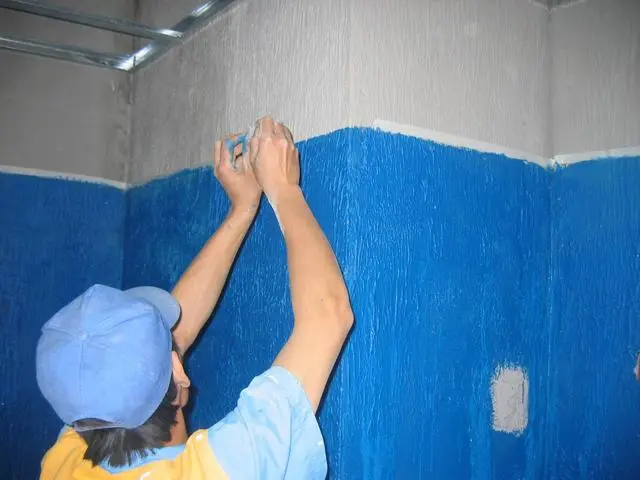
The direction of brushing should be vertical
The bathroom waterproof layer needs to be brushed several times, but the "brushing" here is not like latex paint, repeating the same action. Instead, the direction of each brushing needs to be vertical - the direction of each brushing should be kept consistent.
For example, the first waterproofing brush is brushed horizontally. Then during this brushing process, the brush must be brushed horizontally. It cannot be brushed horizontally several times and then vertically several times.
For the second waterproofing, the direction of the brush must be kept vertical to the first time, that is, vertically. In this way, brushing vertically can cover the holes in the lower layer when brushing.
At least 3 coats
When it comes to waterproofing, it is generally said that "at least 2 coats" are applied. But this does not mean that everything will be fine after 2 coats of waterproofing - strictly speaking, there is a third coat.
The third coat of waterproofing does not need to be applied all over the floor like the first two coats. The third coat of waterproofing is actually a process of patching leaks: when applying the third coat of waterproofing, focus on checking the missed parts on the floor, the edges of the pipes, the corners, etc.
Even if there is no damage to the waterproof layer in these corners, you still need to apply it again. The adhesion of the waterproofing agent in these corners is relatively low. If you only apply it twice, even if it is fine at the time, it will easily cause cracks in these locations after a few years of use.
The more times you apply it, the better
The person said, anyway, I have money, so I might as well apply it a few more times - is it okay to apply it ten times for waterproofing? The answer is no!
The more times you apply the waterproofing agent, the better. Generally, it is enough to apply it two or three times, and then patch the leak (reinforce the corners) once. The waterproofing agent can only become a waterproof layer after it dries.
Too many times of application will cause the bottom waterproofing agent to be insufficiently dry. In the future, the water will evaporate slowly in the waterproof layer, and the water vapor can easily break through the upper layers of waterproof layers, which will make it easier to leak.
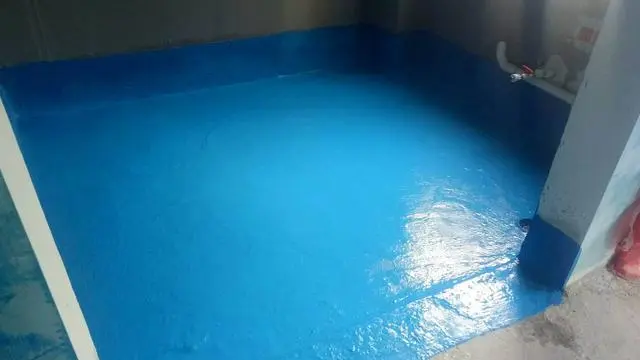
"Drying" is very important
Since the drying problem of waterproofing agent has been mentioned, let me say a few more words. The waterproofing agent is applied layer by layer. Each layer needs to be left alone for a period of time (usually 24 hours) to wait for this layer of waterproofing agent to dry before applying another layer.
24 hours, only the surface of the waterproof layer is dried. If the surface is not dry, the bottom layer of waterproofing agent will be destroyed when applying the upper layer of waterproofing agent.
If you want it to dry completely, you need to wait for 3 days. Therefore, within 3 days after applying the waterproofing agent, try not to enter the bathroom to reduce damage to the waterproof layer.
Remember the time: During construction, you need to wait 24 hours for each layer; after the construction is completed, you need to wait at least 3 days. The "3 days" time can be extended to half a month or a year (just pay attention to the protection of the waterproofing layer during this period). "24 hours" cannot be extended. The longer the time, the dirtier the surface of the waterproof layer. If the surface of the waterproof layer is dirty, it will affect the adhesion of the upper layer of waterproofing agent.
Wall waterproof height
There is a minimum standard for the wall waterproof height: at least 1.8m in the shower area; at least 30cm above the countertop near the countertop; at least 30cm on other walls.
But there is a question: where is the shower area? If the shower area is under the shower head, then how much area near the shower head is considered the shower area? Sorry, there is no accurate answer in the standard.
So if you have a shower room or shower curtain at home, this "shower area" is easy to judge: the part inside the partition is considered the shower area. If there is no dry and wet separation, it is recommended to waterproof the entire bathroom wall to 1.8m.
The previous construction elements are all for everyone to spend less money, but here it is recommended to spend more money: the cost of waterproofing is now very low, even if the entire bathroom wall is made, it will not cost much more, and the cost performance is extremely high.

